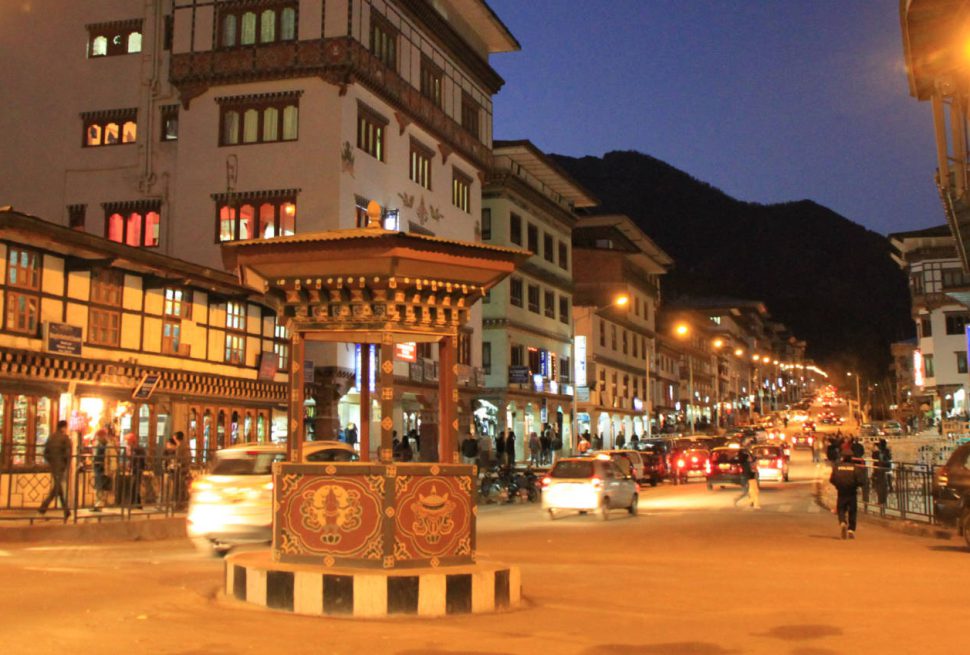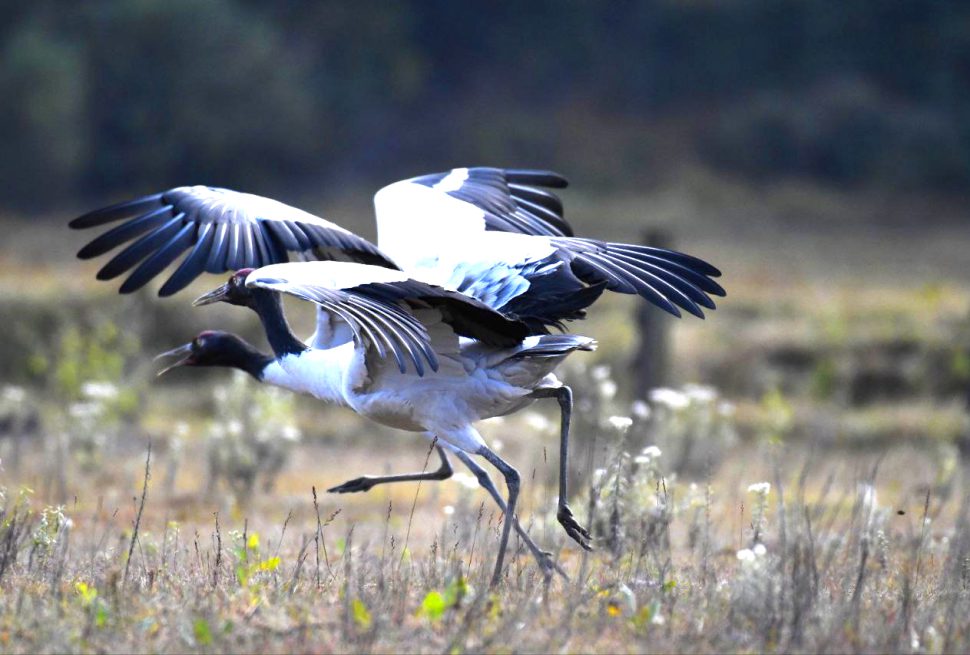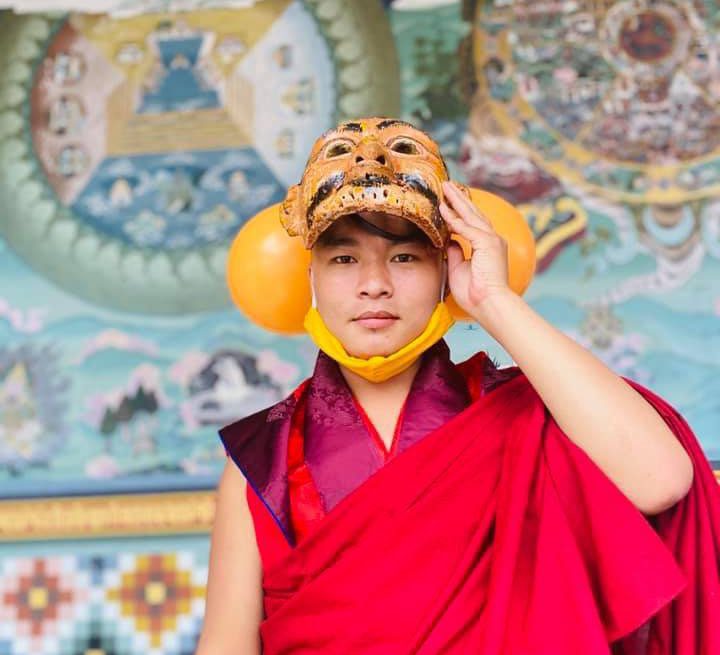The style guide provides you with a blueprint of Paperback’s default post and page styles. The style guide is also a great reference for suggested typographic treatment and styles for your content.
Tashichho Dzong
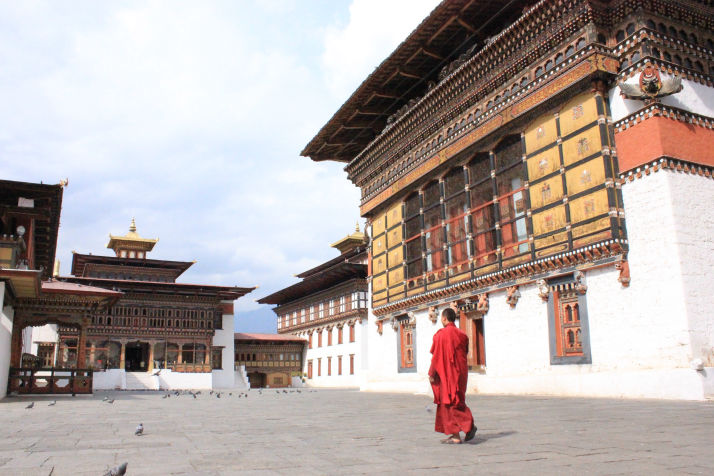
Tashichho Dzong has been the seat of the government since 1952 and presently houses the throne room and offices of the king, the secretariat and the ministries of home affairs and finance. Other government departments are housed in buildings nearby.
It was first constructed in 1216 A.D. by Lama Gyalwa Lhanangpa where Dechen Phodrang now stands above Thimphu. In 1641, Zhabdrung Ngawang Namgyal acquired it but finding it too small, he built another one, known as the lower Dzong. The original dzong was destroyed by fire in 1771 and everything was moved to the lower dzong. The new building was later expanded several times over the years. It was damaged during an earthquake in 1897 and rebuilt in 1902. King Jigme Dorji Wangchuck had it completely renovated and enlarged over five years after he moved the capital to Thimphu in 1952 in traditional style using neither nails nor written plans.
The dzong is located close to Thimphu town, next to the banks of the Wang Chhu River. It is an impressively large structure, surrounded by well-kept lawns and beautiful gardens.
TANGO UNIVERSITY OF BUDDHIST STUDIES
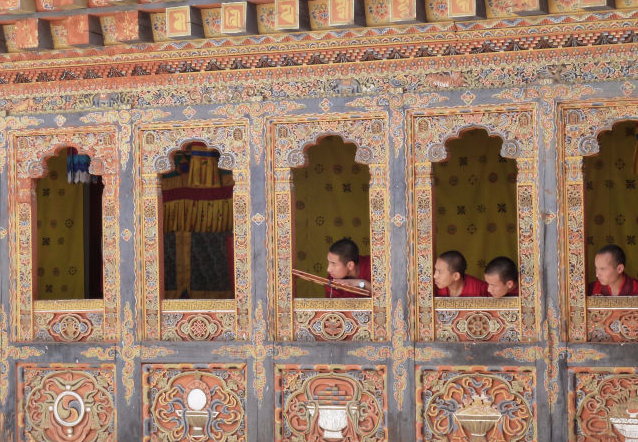
The university is located in the northern end of the Thimphu valley. The road gets narrower and the valley starts caving in imposing its gigantic rise.
The university is located in the northern end of the Thimphu valley. The road gets narrower and the valley starts caving in imposing its gigantic rise. However contrary to the claustrophobic description, the drive through the lush greenery and sporadic drive alongside the Thimphu River can be a rejuvenating experience.
Tango University is the highest Buddhist learning center in Bhutan. Monks in Tango University undergo a 9 year program. The successful completion of this course is followed by meditation for 3 years 3 months and 3 days in the nearby Cheri Monastery retreat center.
The great unifier of Bhutan, Zhabdrung Ngawang Namgyel is believed to have meditated in a cave near the site in 1616. The religious site receives many devotees during auspicious days to make religious offering..
MOTITHANG TAKIN PRESERVE
A short distance up the road to the BBS tower viewpoint is a trail leading to a large fenced enclosure that was originally established as a zoo.
Motithang Takin Preserve, located in the Motithang district of Thimphu, Bhutan is a wildlife reserve area for takin (Budorcas taxicolor), the national animal of Bhutan. The reason for declaring takin as the national animal of Bhutan is attributed to a legend of the animal’s creation in Bhutan in the 15th century by Lama Drukpa Kunley, popularly known as the Divine Mad Man.
CENTENARY FARMERS MARKET
Located below the main town, near the Wang Chhu River, Thimphu’s weekend market is by far the largest domestic market for the farmers in Bhutan.
FOLK HERITAGE MUSEUM
Located in the capital city of Thimphu, this museum was established in 2001 and provides visitors and tourists with fascinating insights into the Bhutanese material culture and way of life. The Folk Heritage Museum is set inside a three storied, 19th century traditional house.
NATIONAL MEMORIAL CHORTEN
The National Memorial Chorten was built in memory of Third Druk Gyalpo and is dedicated to World Peace. The chorten is a large white structure crowned with a golden spire.
BUDDHA DORDENMA STATUE
The Buddha Dordenma is located atop a hill in Kuenselphodrang Nature Park and overlooks the Southern entrance to Thimphu Valley. The statue fulfils an ancient prophecy dating back to the 8th century A.D that was discovered by Terton Pema Lingpa (Religious Treasure Discoverer) and is said to emanate an aura of peace and happiness to the entire world.
ROYAL TEXTILE MUSEUM
Royal Textile Academy. It features a stunning display of ancient and modern textiles, and explores the rich traditions of Bhutan’s national arts of thagzo (weaving) and tshemzo (embroidery). The ground floor focuses on royal ghos, including the wedding clothes worn by the fourth king and his four wives. The upper floor introduces the major weaving techniques, styles of local dress and types of textiles made by women and men. No photography is allowed.
The museum shop offers some interesting books and fine textiles. Across the courtyard is the Royal Textile Academy conservation centre, where you can watch a small group of weavers working their looms. Authentic Bhutanese Craft bazaar in Thimphu sits along the Norzin Lam stretching from the Taj Tashi hotel up till Royal textile academy of Bhutan.
THE JUNGSHI PAPER FACTORY
The Jungshi handmade paper factory uses traditional methods to produce the authentic Bhutanese paper known as Deh-sho. The Jungshi paper factory continues to preserve and promote this age-old Bhutanese tradition. It also produces various other products, such as stationery and greeting cards.
It is located approximately 1 km from Thimphu City. The factory uses the bark of two tree species, the Daphne tree and Dhekap tree in the manufacture of traditional paper. Visitors can observe the entire process of producing handmade paper using ancient traditional methods that have been practiced for generations. You can even try your hand at this ancient craft and make some paper of your very own as a souvenir. Deh-sho paper was originally used by monasteries for woodblock and manuscript books and also for writing prayer books.
Thimphu the capital city of Bhutan
Thimphu is the only capital city in the world where the streets remain free from the familiar glow of traffic lights. Instead, you will find traffic policemen stationed at major intersections, gracefully managing the flow of traffic. The absence of traffic light isn’t just a quirky feature, it shows that in Bhutan, simplicity and human interaction take precedence over technology.


